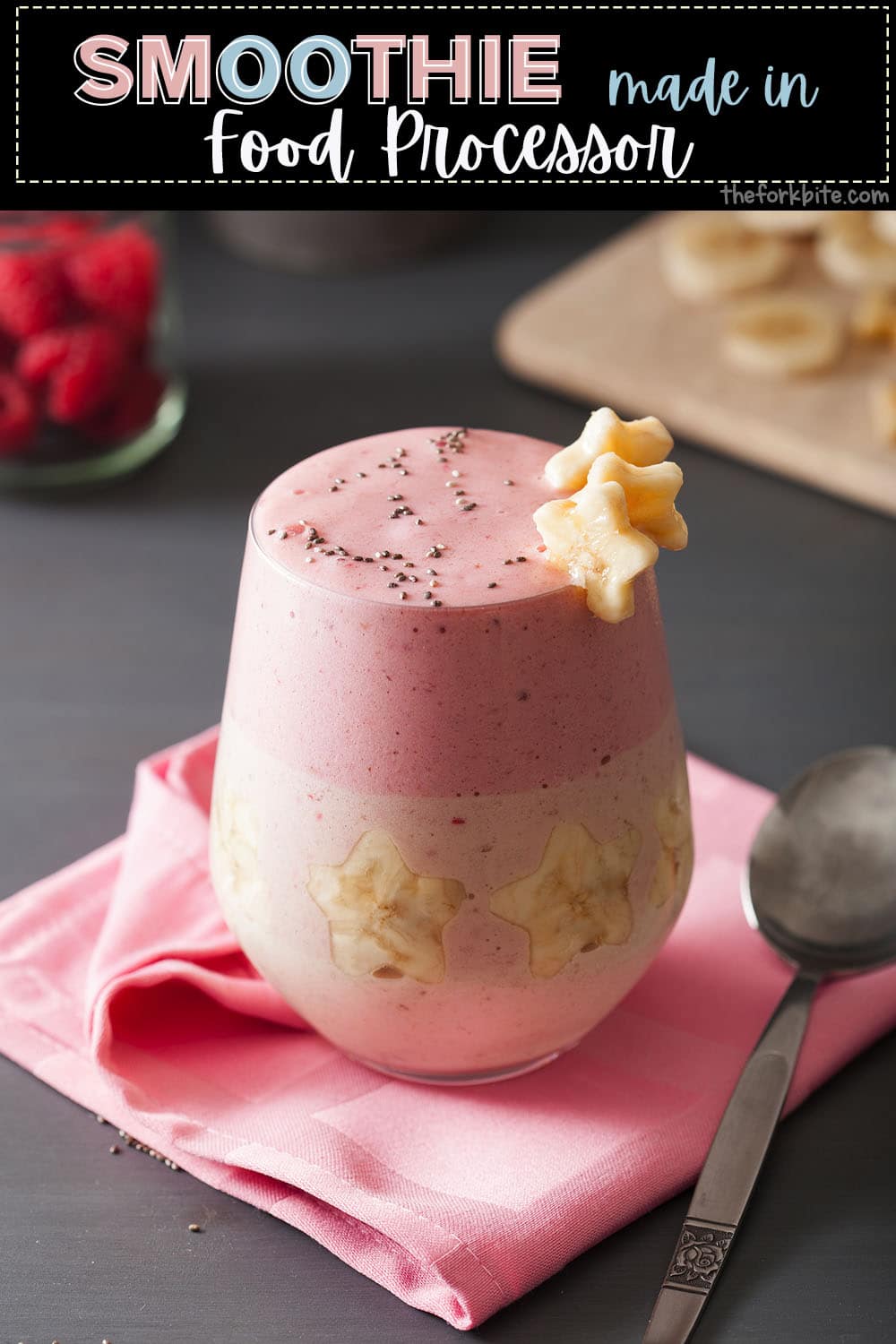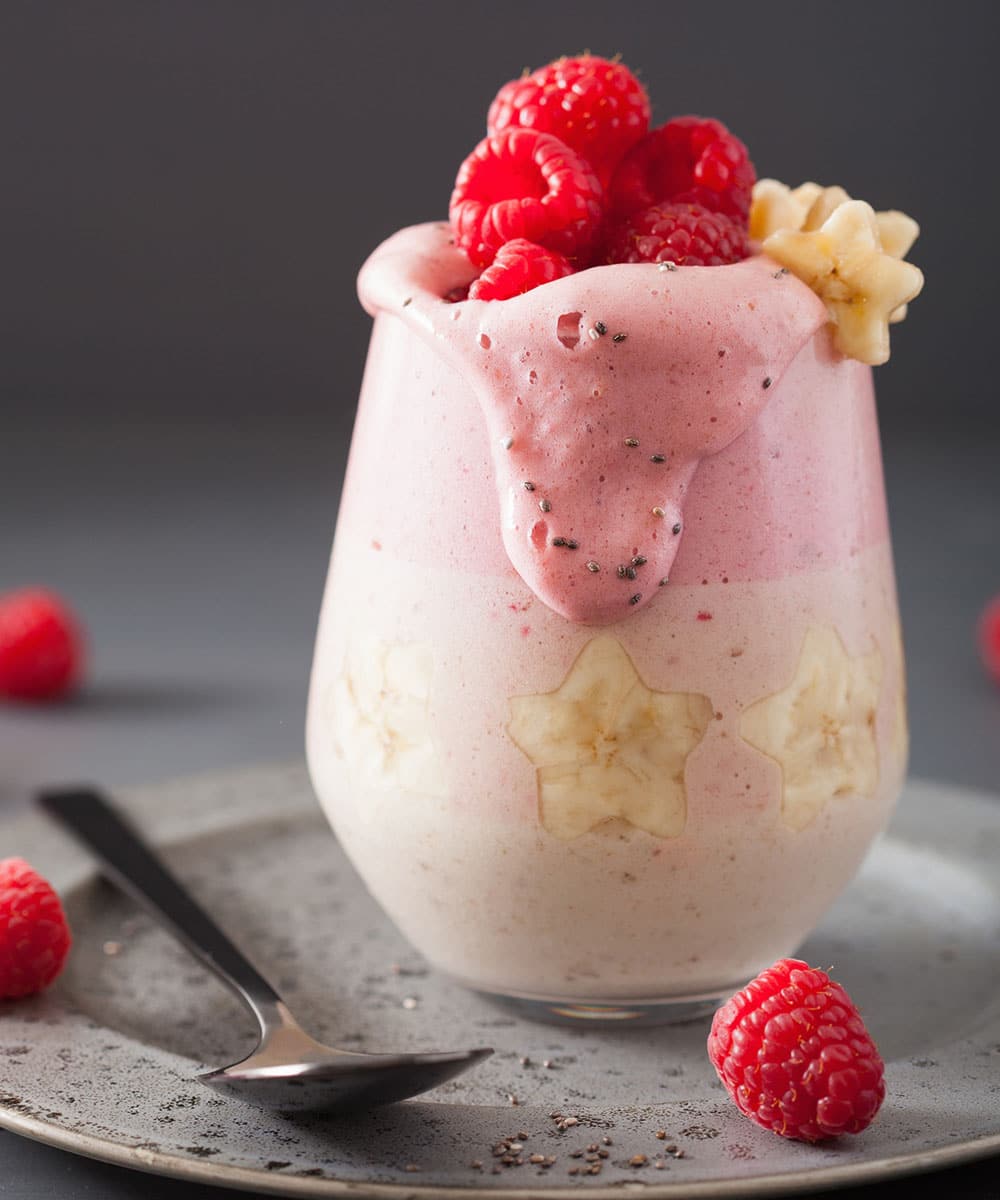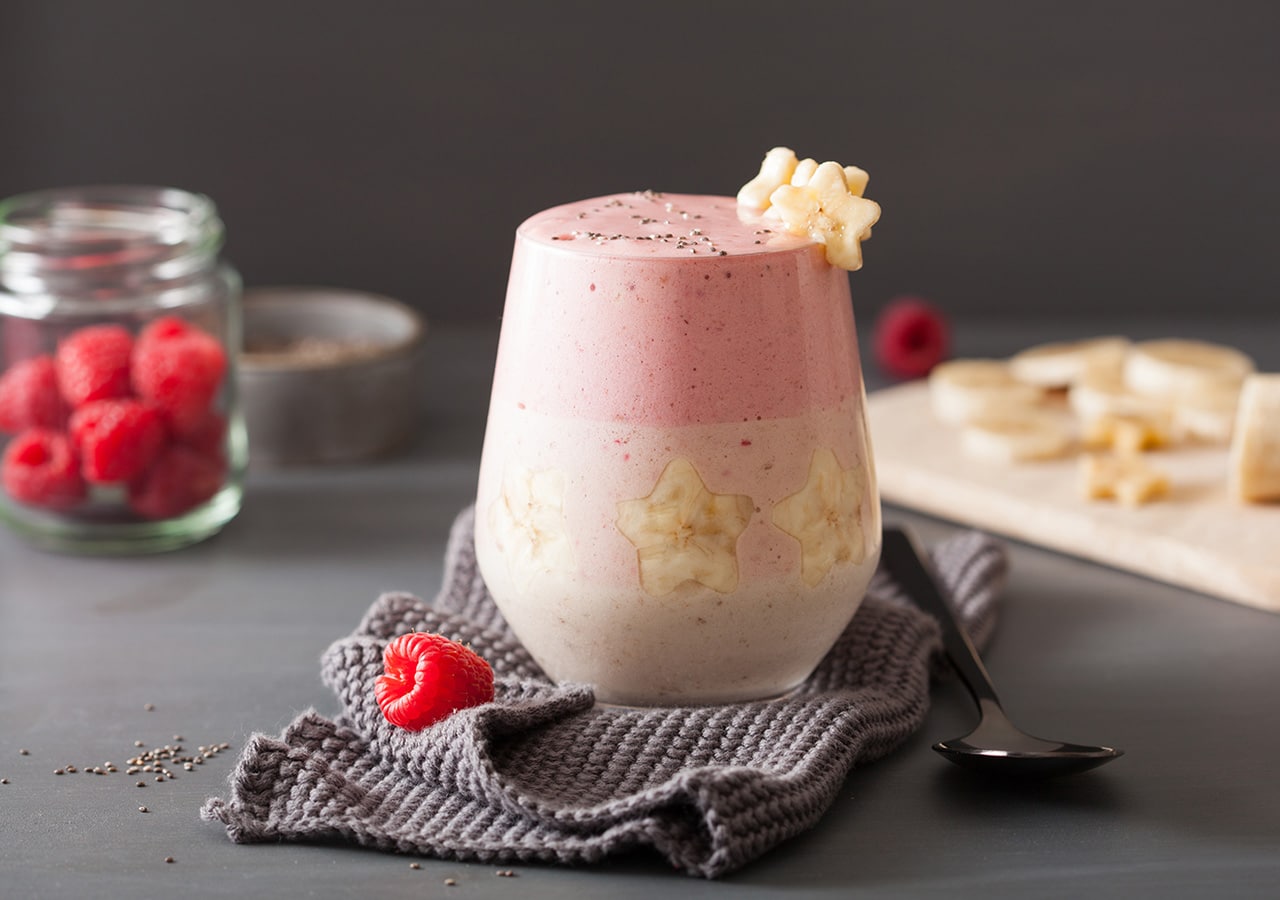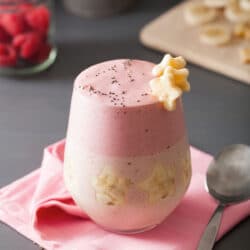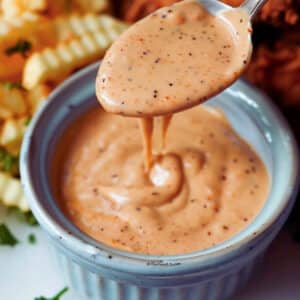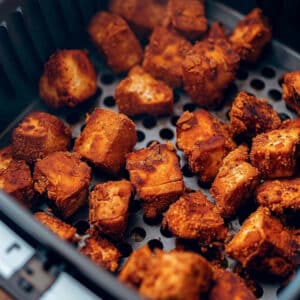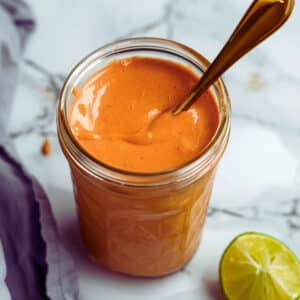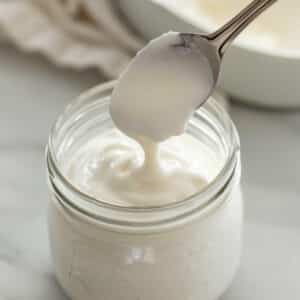If you're considering introducing smoothies into your diet regime, but you've put it on hold because you don't have a blender, think again.
Although many people might tell you that it is essential to own a blender to make smoothies, it is not true. You can, if you have one, use your faithful food processor.
You might think it won't do as good a job as a blender or smoothie maker, but I am about to dispel that myth. All you need is the right know-how, and if you care to read on, that is exactly what I am about to give you.
But first, a little history lesson.
The Histories of Blenders and Food Processors
Many people think that the blender was invented after the food processor as a spin-off. Not so, the blender preceded the food processor.
It was first designed back in 1922 by Stephen Poplawski, a Pole who emigrated to the US in 1894. The first industrial food processor was developed in 1964, but in 1973 when the first domestic processor - the Cuisinart - was first introduced in North America.
Okay, now let's get back to the main event - can you use a food processor to make smoothies?
How to make smoothie in food processor
Blenders were expressly designed to liquefy foods. Food processors, on the other hand, were created initially to multi-task with food preparation.
But they will make perfectly good smoothies too if you follow what I am about to tell you.
It's all about adding the ingredients of the smoothie you want to make in the proper sequence.
Okay, it might take a little longer, but we are not talking about a big difference here - just a minute or two.
The other important difference between using a food processor instead of a blender to make your smoothie is to swap the ice for frozen fruit. It's easier (though not essential) for the processor to handle.
Choosing the ingredients
The blades of food processors are designed slightly differently from those of the Nutribullet range of blenders or nutrient extractors.
This means choosing your ingredients with care to end up with the lovely, smooth texture for which you are looking.
The things that work best are soft fruits and vegetables - avoid root veggies with a tougher texture as they are more likely to give you a slightly lumpy result.
The best things to include the likes of:
- Chard, kale, spinach are goof leafy veggies you can try, and something different - Beet greens.
- Cauliflower, cucumber, zucchini - vegetables with high water content.
- Soft fruits like apricots, bananas, blueberries, melon, raspberries, strawberries, etc.
Most fruits that contain stones are okay, but you need to take the stones out first - the same goes for avocados.
When making smoothies, adding liquid is essential, and when going down the food processor route, you need a small amount of liquid to get things going.
Additional health boosting ingredients
Smoothies are pretty good for you healthwise as long as you don't add too many sugary fruits. But if you would like to give your smoothie an extra health boost, you can add some ground nuts or oats.
Here are few other health supplements you might want to consider adding:
- Acai Berries
- Bee Pollen
- Cacao
- Chia Seed
- Goji Berries
- Hemp Protein
- Matcha Powder
- Wheatgrass
Adding these types of supplements to your morning smoothie can help to give you the right combination of carbs, fats, and proteins to set you up for the rest of the day.
Natural Sweeteners
If you like your smoothies to have a sweetness about them, and the fruits you use are light on fructose, you can add some natural sweetness.
Agave, dates, honey, maple syrup, molasses, or stevia, a herb grown mostly in South America and China, which you'll find in powdered or liquid form in most health food stores, are all candidates you can use.
Good liquid bases for your smoothies
Many folks use water or ice cubes in their smoothies to add some liquid consistency to their recipes.
But there are many other options too, and making the right choice has a big impact on the final result.
Liquids don't only add liquidity. They also add flavor and nutrition and contribute to the creaminess of a smoothie.
Here are a few suggestions:
- Coconut water
- Dairy Milk, or Almond or Soy Alternatives
- Green tea
There are some "semi-liquid" options to can choose from, things like Kefir and Yogurt. They help to give your smoothie a great creamy finish, as do coconut milk or horchata.
Speaking of horchata, there is a great recipe on the Flowers and Carrots website you can try out.
I use a ratio of three parts liquid to two parts fruit and veggies. I also like to add a couple of ice cubes to make my smoothies refreshingly cold in the heat of summer.
Step by step instructions
Now you've got a good idea of the ingredients you can use, let's turn out attention to the actual making of a food processed smoothie, which, as I said earlier, requires a little more attention than just throwing everything into a blender.
Step 1 Choosing the right attachments
To make the best smoothie with your food processor, you must first choose the right attachments for the job.
If you have a choice of bowl sizes, go for the smallest. If you have a choice of blades, use the one you consider to be the main blade.
Step 2 Adding the veggies
Before you add the veggies, you need to add a little liquid. If you don't, all you will end up doing is mincing the ingredients and throwing them all around and up the bowl.
So, add no more than a cupful of your chosen liquid, to begin with.
Now you can add the veggies. These will be harder to liquidize than the fruits, so they go in first.
Step 3 Adding the fruits
In, go the fruits. If you use frozen fruits, you'll find it tends to make your smoothie a little more slushy.
Once you've started blitzing, it's best to keep going all the time, introducing new goodies through the processor's funnel.
Add the rest of the liquid a little at a time, being careful not to go overboard and make your smoothie too runny.
If you find any ingredients sticking to the outside of the bowl, just add a little more liquid via the funnel.
There's no rush. A food processor takes longer than a blender to liquidize everything, but it will get there eventually, giving you a beautiful, lump-free smoothie.
Things to bear in mind
Food processors are powerful machines that can liquefy most things if you follow the steps outlined above.
You won't have any problems with your base ingredients, but there are some things you need to bear in mind.
- To get the best result, do not overfill the bowl. I find it best to liquify my base fruits and veggies first, using a small amount of liquid.
- Then I top it up, a little at a time. If I find anything stubbornly clinging to the sides of the bowl, I stop blitzing, push them down to the bottom and start the blade whizzing again.
- Don't add ice at the last minute. If you do, you'll end up with large chunks of it in your smoothie.
Don't worry about frozen fruits, though. Your processor will liquidize them without any problem, providing you add them at the beginning.
Which to choose - blender or food processor?
If you have to choose between one or the other, go for the food processor option. They are more powerful and much more versatile.
A blender only blends, whereas a processor will chop vegetables, shred things, make a dough, blend butter, etc., thanks to all the accessories they usually come.
Besides, if you follow the steps I have outlined above, they make great smoothies too.
The advantages of food processors
Here are some of the ingredients with which food processors excel.
1 Chopping and mincing dry ingredients
They will chop, grate or slice any dry ingredients without the need to add any liquid.
2 Old bread
Stale bread can be easily chopped or crumbed in moments. You can also throw in and mince some herbs and spices and make a custom breadcrumb.
3 Gluten-free flour
If you or anyone in your household has a gluten problem, you make your own gluten-free flour by finely mincing oats and nuts.
4 Healthy energy snacks
By adding dates, a few nuts of your choice, and a drizzle of honey through your food processor's funnel, you can mix it up into a dough-like consistency, roll it into balls, and coat it with coconut flakes to make some delicious, healthy energy bites.
5 Kneading dough
If your food processor has the right attachments, you can use it to make dough.
6 Grating cheese
With a grating or shredding disc, you can grate cheese for casseroles, melts, or sauces in seconds. Freshly grated cheese is so much better than store-bought grated.
7 Making coleslaw and salads
The grater disc is perfect for shredding up veggies for salads or making homemade coleslaw.
8 Slicing and dicing vegetables
By switching between the multi-purpose blade and the slicing disc, you can slice and dice all sorts of vegetables.
9 Homemade charcuterie and antipasto
If you have a fancy for a plate of continental meat and sausages, a la charcuterie, or antipasto dish, your food processor can knock it up in a whizz with its slicing disc.
10 Veggie rice
Cauliflower rice or any other type of veggie rice takes only seconds to make with a food processor—a great way of lowering your carb intake.
Food processors are so versatile; you can do virtually anything with them. Here are some other ideas from the kitchenaid.com website.
The reason, the food processor, wins out
The food processor may not be the king when making smoothies, though it does a princely job. But with all those tasks listed above (and many more), it aces it.
Why?
For a start, the blade rotates more slowly than that of a blender. Its S-shape is ideal for slicing and cutting at lower speeds.
Food processors also have more accessories that you can bring into action for various tasks, and the feeder funnel permits you to add bits and pieces as and when required, which you can safely and cleanly push down towards the blade.
Where a power blender can mimic a food processor
There are many tasks where a high power blender can do a similar job to a food processor, such as:
1 Making hummus
There are not many things in gastronomic life better than scooping up some delicious hummus on a wedge of pita bread. This recipe containing chickpeas, garlic, lemon, and tahini can be made with a power blender or a food processor.
2 Stunning Mexican salsas
The only thing better than going to a Tex Mex restaurant and noshing nachos and salsa is staying at home and hosting your own Tex Mex party to serve your own homemade Mexican salsa.
You can use your blender or food processor to knock together this salsa recipe from the recipecritic.com website. Make it as smooth or chunky as you like.
3 Salad dressings to die for
Nothing brings a salad to life more than a good dressing.
Here are seven delicious dressing recipes from the 101CookBooks.com website to try out using your blender or food processor. They are all pretty good, but the fennel dill dressing in mint and lime is heavenly.
4 Homemade pesto
Some people think that blender rather than food processor-made pesto is smoother. Personally, sometimes I like a bit of rough.
Whichever way you like it, this classic recipe on the epicurious.com website beats all.
5 Batters for cakes and pancakes
Put away the wire whisk and reach for your blender. You can make the most delicious batters for pancakes, muffins, and more by following these recipes on the hungry-girl.com website.
The only thing is to be sure of is not to over-blend, or your mix will end up too flat. My tip is to use the pulse setting to stay in control.
6 Stuck for space?
We don't all have huge kitchens. I should know. I have had several where there was not enough room to swing a cat - not that I had a cat anyway.
If you are stuck for space, an immersion blender might be the answer. It won't do everything, of course, but you'll be pleasantly surprised at what it can do. Take a look at the asweetpeachef.com website, and you'll see what I mean.
Immersion blenders are great for mixing, liquefying, and blending lots of soft and semi-soft ingredients and liquids too. Homemade mayo was never as good.
The best of both worlds
If you want the best of both worlds, owning both a blender and a food processor is the way to go.
Unfortunately, we can't all have what we want, and if you have to make do with one of the other, then the processor will not only give you far more options, it will also make you some great smoothies providing you follow the tips I've given you here in this article.
Interesting posts
Make Smoothie in Food Processor (How-to)
Pin RecipeEquipments:
- food processor
Instructions:
Step 1: Choose the right attachment
- To make the best smoothie with your food processor, you must first choose the right attachments for the job. If you have a choice of bowl sizes, go for the smallest. If you have a choice of blades, use the one you consider to be the main blade.
Step 2: Adding the Veggies
- Before you add the veggies, you need to add a little liquid. If you don’t, all you will end up doing is mincing the ingredients and throwing them all around and up the bowl. So, add no more than a cupful of your chosen liquid, to begin with.
- Now you can add the veggies. These will be harder to liquidize than the fruits, so they go in first.
Step 3: Add the fruits
- If you use frozen fruits, you’ll find it tends to make your smoothie a little more slushy.
- Once you’ve started blitzing, it’s best to keep going all the time, introducing new goodies through the processor’s funnel.
- Add the rest of the liquid a little at a time, being careful not to go overboard and make your smoothie too runny. If you find any ingredients sticking to the outside of the bowl, just add a little more liquid via the funnel.
- There’s no rush. A food processor takes longer than a blender to liquidize everything, but it will get there eventually, giving you a beautiful, lump-free smoothie.
Notes:
- To get the best result, do not overfill the bowl. I find it best to liquify my base fruits and veggies first, using a small amount of liquid.
- Then I top it up, a little at a time. If I find anything stubbornly clinging to the sides of the bowl, I stop blitzing, push them down to the bottom and start the blade whizzing again.
- Don’t add ice at the last minute. If you do, you’ll end up with large chunks of it in your smoothie.
Please note that all nutrition information are just estimates. Values will vary among brands, so we encourage you to calculate these on your own for most accurate results.

